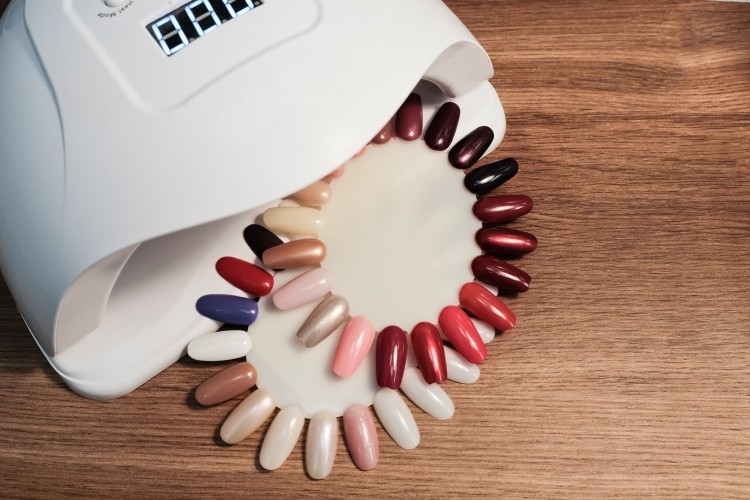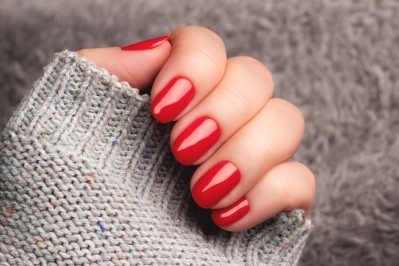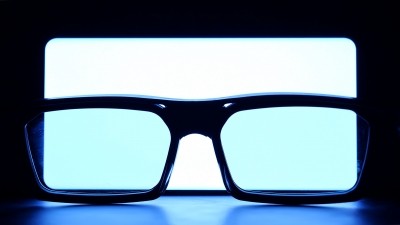Radiation from UV nail polish dryers may cause cancer, claims new study

Researchers at the University of California (San Diego) and the University of Pittsburgh have discovered that UV nail dryers could cause long-term health implications when used regularly.
In the study, published in nature communications earlier this month, the team acutely and chronically exposed human and mouse cell lines to UVA light from nail dryers and noted that both types of exposure damaged DNA. It also permanently engraved mutations on the genomes of primary mouse embryonic fibroblasts, human foreskin fibroblasts, and human epidermal keratinocytes.
The first group of cells was put under the dryer for two 20-minute sessions, separated by a one-hour interval. Around 20-30% of these cells died. The second group was exposed for 20 minutes each day for three consecutive days, and approximately 70% of these cells died.
“Similar to tanning beds”
“Our experimental results and the prior evidence strongly suggest that radiation emitted by UV-nail polish dryers may cause cancers of the hand and that UV-nail polish dryers, similar to tanning beds, may increase the risk of early-onset skin cancer,” said the researchers.
“We saw that DNA gets damaged,” explained one author of the study, Professor Ludmil Alexandrov – a professor of bioengineering and cellular and molecular medicine at the University of California, San Diego. “We also saw that some of the DNA damage does not get repaired over time, and it does lead to mutations after every exposure with a UV nail polish dryer. Lastly, we saw that exposure may cause mitochondrial dysfunction, which may also result in additional mutations.”
Multi-billion-dollar market: in-salon and at-home
UV nail lamps are regularly used at nail salons across the globe to cure acrylics and dry gel polishes. These lamps release UVA radiation, emitting UV wavelengths between 340 and 395 nm. The average salon client holds their hands or feet under the light for around 10 minutes per session, with repeat treatments roughly every two to four weeks.
According to Statista, annual consumer spending on nail salon services in the US equated to $8.63 bn, and gels and acrylics were a significant share of this.
DIY, at-home-use gel polish kits with UV lamps that consumers can use themselves have also been a growing segment. Some market research firms have estimated that this sector could reach around $25.8 billion by 2030.
Never been studied before
Alexandrov believed this was the first time scientists had studied the potential risk of these UV nail lamps. “To the best of our knowledge, no one has actually studied these devices and how they affect human cells at the molecular and cellular levels until now,” he said.
According to the American Academy of Dermatology Association, UV lighting is a carcinogen that can lead to melanoma. The organization stated that skin cancer is the most common form in the US, with an estimated one in five Americans getting skin cancer in their lifetime. It also noted that melanoma rates have “rapidly risen” over the past three decades.
The Skin Cancer Foundation had previously suggested that those who wished to get a gel manicure or pedicure should apply a UVA/UVB sunscreen on their hands or feet 20 minutes before exposure. However, it also explained that sunscreen would not prevent the risk of sublingual squamous cell carcinoma, which could appear underneath the nail.
The research team behind the study also emphasized that more studies should be undertaken before they can conclusively confirm that these UV devices can lead to an increased risk of skin cancer. “Future large-scale epidemiological studies are warranted to accurately quantify the risk for skin cancer of the hand in people regularly using UV-nail polish dryers,” they said. “It is likely that such studies will take at least a decade to complete and to subsequently inform the general public.”
Source: nature communications
14, 276 (2023). https://doi.org/10.1038/s41467-023-35876-8
Title: "DNA damage and somatic mutations in mammalian cells after irradiation with a nail polish dryer."
Authors: M. Zhivagui et al.


![L'Oréal recently completed a one-year long study in Brazil showing daily standard UV protection is critical in slowing signs of photoageing and had also proven the power of full-spectrum UVA protection across different phototypes in Brazil and East Asia [Getty Images]](/var/wrbm_gb_food_pharma/storage/images/_aliases/wrbm_medium/publications/cosmetics/cosmeticsdesign-europe.com/article/2022/11/04/l-oreal-uv-protection-photoageing-clinical-studies-shows-ultra-long-uva-protection-important/15914339-1-eng-GB/L-Oreal-UV-protection-photoageing-clinical-studies-shows-ultra-long-UVA-protection-important.jpg)
![L'Oréal is heavily invested in advancing UV protection offerings, including for consumers with dark skin phototypes [Getty Images]](/var/wrbm_gb_food_pharma/storage/images/_aliases/wrbm_medium/publications/cosmetics/cosmeticsdesign-europe.com/headlines/market-trends/uv-protection-market-shows-daily-use-skin-care-growth-beyond-sun-care-says-l-oreal-ceo/15884636-1-eng-GB/UV-protection-market-shows-daily-use-skin-care-growth-beyond-sun-care-says-L-Oreal-CEO.jpg)





